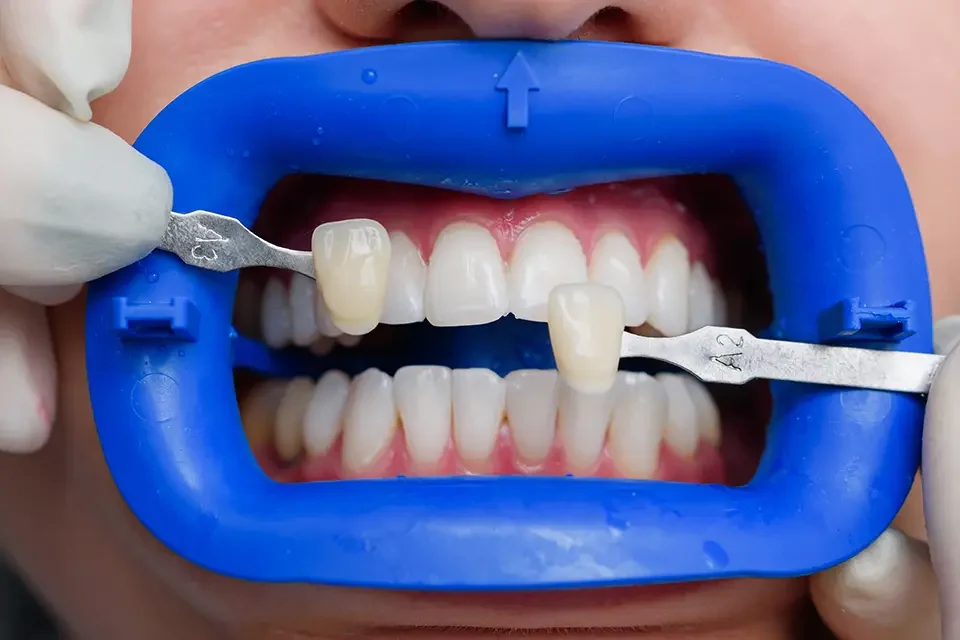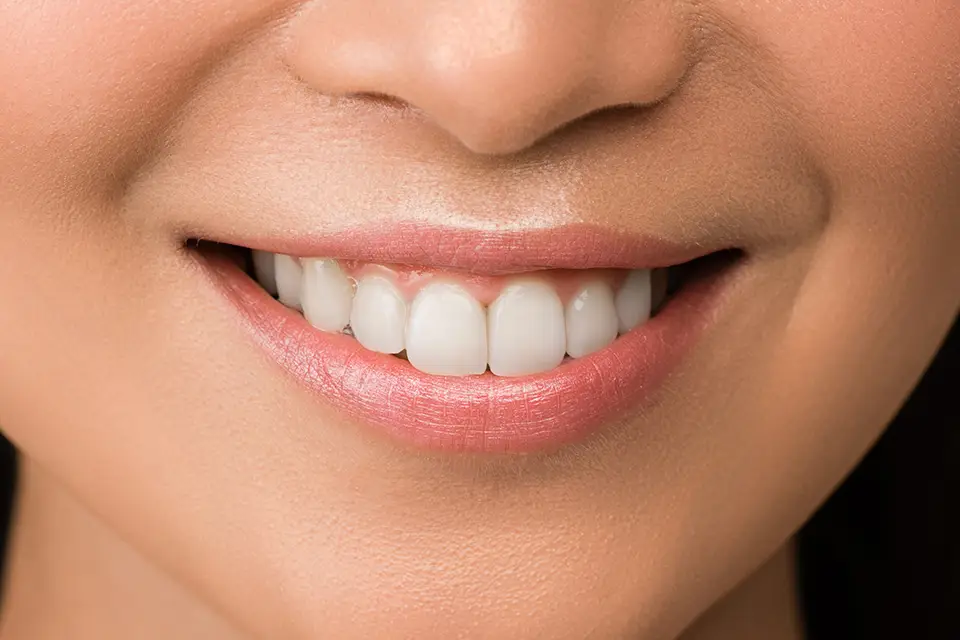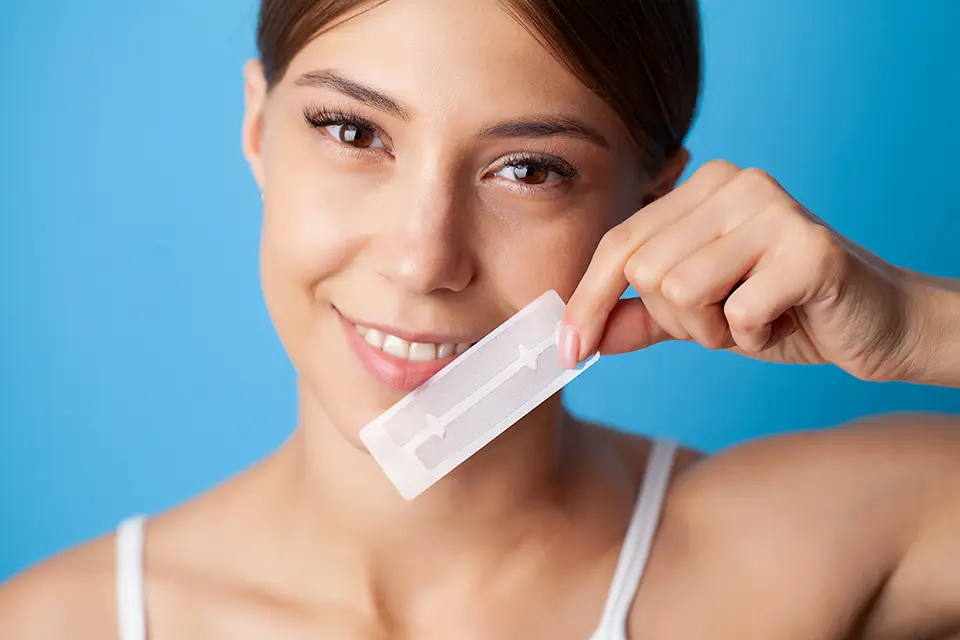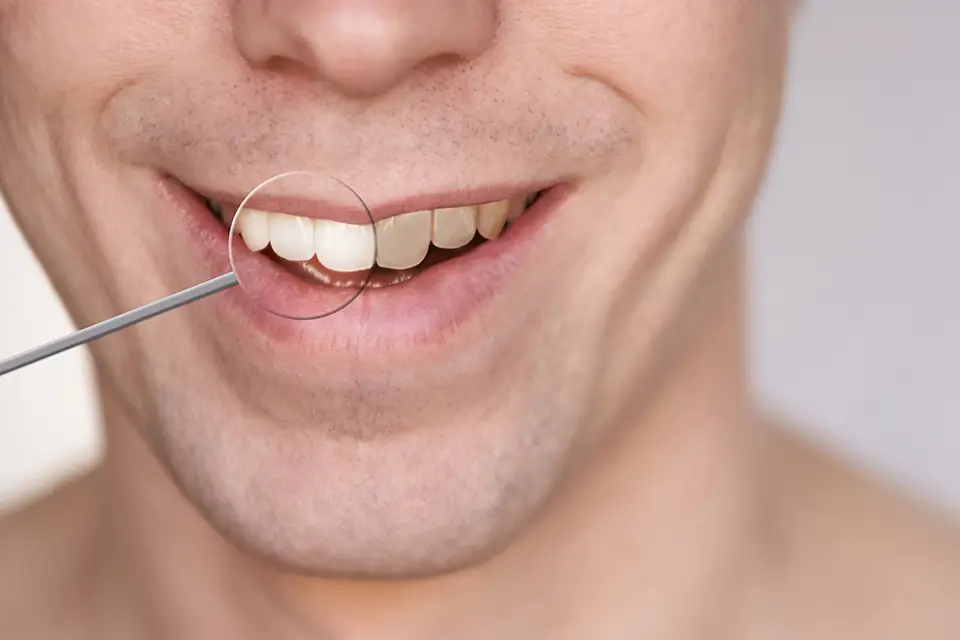If you’ve been researching ways to brighten your smile, you’ve likely come across carbamide peroxide teeth whitening again and again. It’s one of the most common professional-grade pathways to safe, noticeable shade change—and a frequent recommendation for patients who want control and comfort at home. At Sunshine Dentistry, patients often ask whether carbamide peroxide teeth whitening is different from in-office options and where it fits within the wider world of teeth whitening. The short answer: it’s versatile, predictable when used correctly, and designed to balance results with sensitivity. Here’s a clear, human-level guide to help you decide if it’s right for you.
What Is Carbamide Peroxide Teeth Whitening?
Carbamide peroxide teeth whitening uses a gel that breaks down into hydrogen peroxide (the active bleaching agent) and urea. That slow release is the point: it extends contact time in a controlled way, which is why these gels are commonly used with custom trays. Think of it as a steadier approach to brightening—especially helpful for patients who want to pace themselves or who’ve had sensitivity in the past.
How Carbamide Peroxide Teeth Whitening Works (The Science, Simply)
Stains on and within enamel are made up of large, dark molecules called chromogens. As carbamide peroxide teeth whitening releases hydrogen peroxide, the tiny peroxide molecules diffuse into enamel and oxidize those chromogens—breaking them into smaller, lighter molecules. The enamel isn’t “stripped” or shaved away; instead, light scatters differently through cleaner tooth structure, which is why the shade looks brighter.
Who Is a Good Candidate?
Most healthy adults with surface or subsurface staining from coffee, tea, wine, or smoking respond well to carbamide peroxide teeth whitening. It’s also a strong option for people who prefer gradual change: a few shades over 1–3 weeks rather than a single intense session. If you have active decay, gum inflammation, untreated cracks, or a lot of visible restorations (which won’t whiten), we’ll address those first and then plan appropriately.
Benefits Of Carbamide Peroxide Teeth Whitening
- Controlled Pace: You choose daily wear time and number of days, so you can pause if sensitivity appears.
- Even Coverage: Custom trays keep gel on enamel—not on your gums—supporting consistent results.
- Great For Maintenance: After an initial series, occasional touch-ups keep your shade stable.
- Cost-Smart: Typically lower cost than multiple in-office sessions while still using professional gel.
- Flexible Strengths: Gels come in different percentages, so we can match your goals and sensitivity history.
Each of these advantages is why we lean on carbamide peroxide teeth whitening for patients who want both autonomy and professional oversight.

Risks, Sensitivity, And How to Minimize Them
Whitening doesn’t thin enamel, but it can cause temporary sensitivity. You can reduce that risk by:
- Using the prescribed gel strength and wear time (no “stacking” extra hours).
- Applying a desensitizing toothpaste (potassium nitrate or stannous fluoride) during your whitening series.
- Skipping sessions for 24–48 hours if you feel sharp “zingers,” then resuming at a shorter wear time.
- Wiping away excess gel so it doesn’t sit on your gums.
When carbamide peroxide teeth whitening is paired with these habits, most patients complete their plan comfortably.
In-Office Power Whitening VS. Custom Trays VS. Strips
- In-Office: Highest strength under clinical isolation; rapid change in a single visit. Great for deadlines, but can be “intense” for sensitive teeth.
- Custom Trays (Carbamide): The most flexible and customizable route. Carbamide peroxide teeth whitening is ideal here because its slow release suits longer, gentler wear.
- Strips: Useful for mild surface stains, but they can miss curved areas and won’t fit unique tooth shapes as precisely as trays.
Many patients start with an in-office “jump” and maintain at home with carbamide peroxide teeth whitening trays for long-term consistency.
How To Use At-Home Trays Safely (Step by Step)
- Brush And Floss First: Give the gel clean enamel to contact; wait 20–30 minutes before whitening so saliva can rebalance.
- Tiny Dots Of Gel: A rice-grain amount per tooth well. More gel does not whiten faster—it only irritates gums.
- Seat The Tray, Wipe The Excess: If gel squeezes out at the margin, remove it with a cotton swab.
- Wear As Directed: Typical ranges are 60–90 minutes daily for 1–3 weeks, depending on gel strength.
- Rinse, Don’t Scrub: After removing the tray, rinse your mouth and the tray with cool water; avoid brushing for 30 minutes.
- Store Trays Flat And Dry: Heat warps trays; keep them away from hot water and dashboards.
- Log Your Shade: Photos in similar lighting help you track progress honestly.
Used this way, carbamide peroxide teeth whitening stays predictable and comfortable.
Carbamide Peroxide Teeth Whitening: How Long Do Results Last?
Most patients enjoy their brighter shade for 6–12 months before natural habits reintroduce stain. Your maintenance plan might include:
- Rinsing after coffee/tea/red wine or using a straw when practical.
- A gentle polish at hygiene visits every 6 months.
- Short touch-up cycles with carbamide peroxide teeth whitening trays before events or seasonally.
This rhythm keeps your enamel looking fresh without over-whitening.
Cost And Timeline: What To Expect
Fees vary by assessment, gel strength, and whether you need new custom trays. As a ballpark, professional carbamide peroxide teeth whitening with trays typically costs less than repeated in-office sessions, while delivering excellent control over sensitivity and shade. Timelines range from 7–21 days of daily wear, depending on the starting colour and goal. We’ll map this out in writing so your expectations match the plan.

When Whitening Isn't Step One
A candid consult sometimes reveals issues that should be treated first—like cavities, gum inflammation, or leaky edges around old fillings. Whitening after stabilization protects comfort and helps carbamide peroxide teeth whitening work as intended. If you have visible bonding, crowns, or veneers, remember: they won’t change colour, so we’ll plan the sequence (whiten first, then refresh restorations to the new shade) for a uniform look.
The Bottom Line
For many people, carbamide peroxide teeth whitening delivers the best mix of science and practicality: steady shade improvement, measured sensitivity, and an easy way to maintain results. If you’ve been hesitating because you’re worried about comfort or unpredictability, a custom-tray plan under professional guidance is a sensible place to start.
If you’re ready for a brighter smile with control and comfort, book a consultation at Sunshine Dentistry. We’ll check your oral health, select the right gel strength, and tailor a carbamide peroxide teeth whitening plan that fits your timeline, your sensitivity history, and your shade goals.
FAQs
How white can my teeth get?
Everyone has a genetic ceiling. Carbamide peroxide teeth whitening can lift several shades, but the final shade depends on your baseline colour and habits.
Can I whiten if I have crowns or bonding?
The natural teeth will lighten; restorations won’t. We often whiten first, then replace or tint visible restorations to match.
What if I feel zingers?
Pause for 24–48 hours, use a desensitizing toothpaste, and shorten wear time when you resume. If sensitivity persists, we’ll adjust the gel strength.



